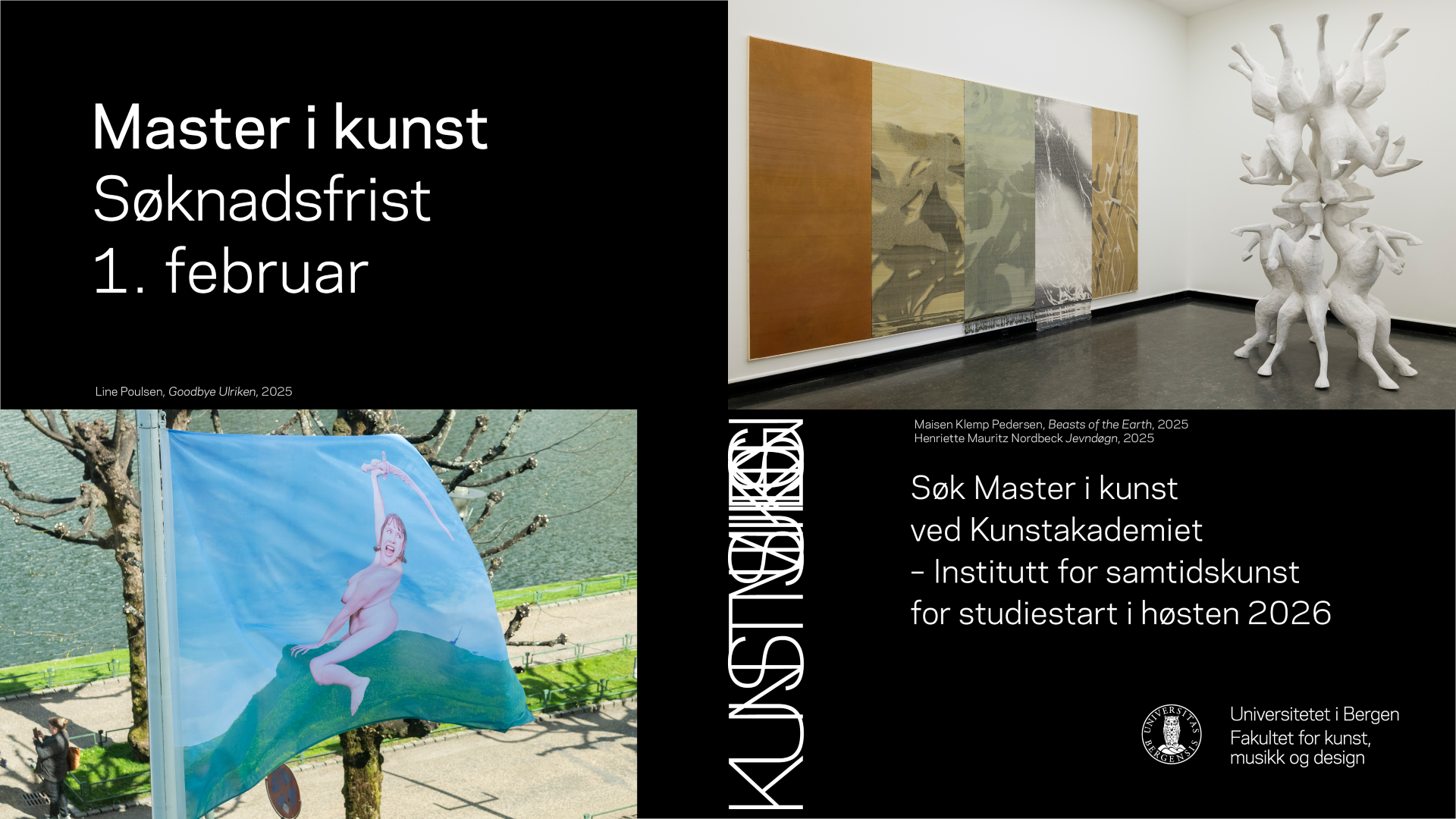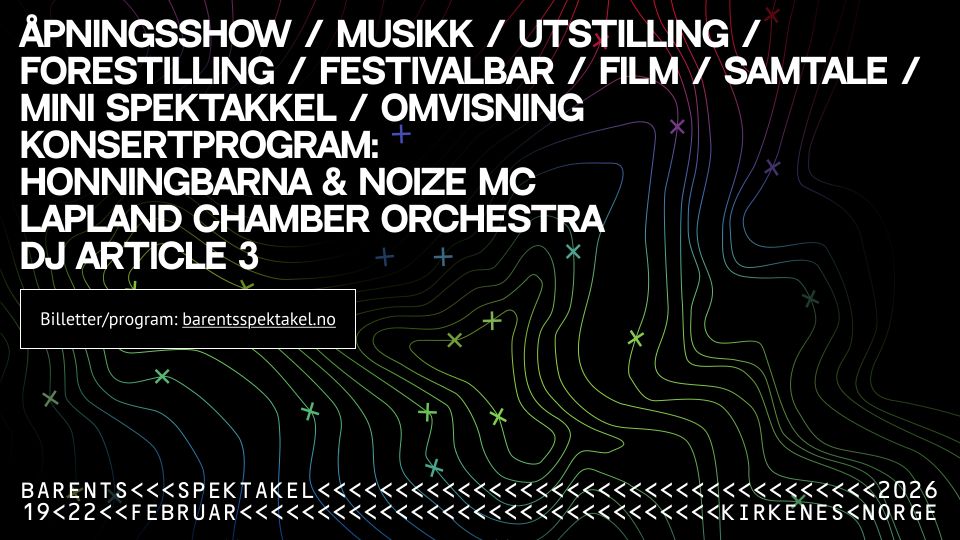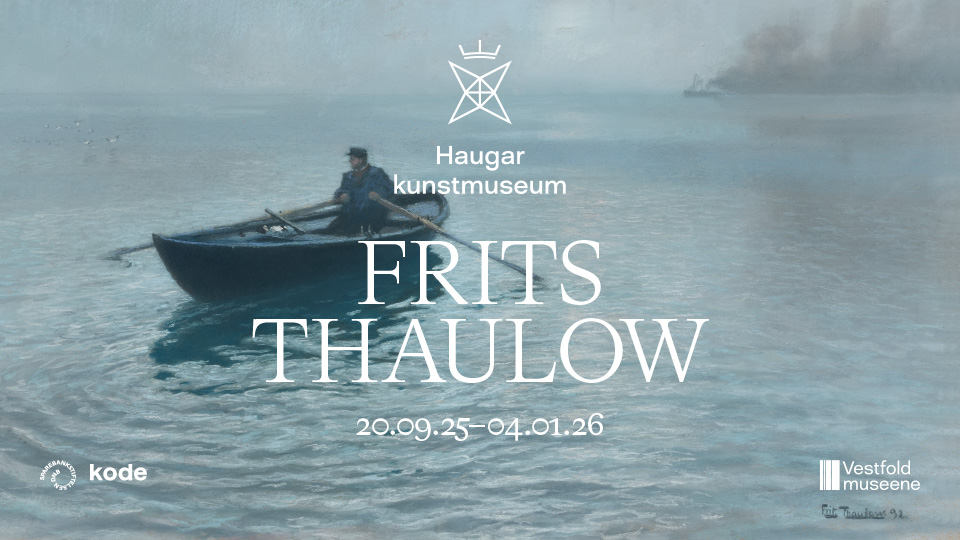
Charles Esche, til daglig direktør ved Van Abbemuseum i Eindhoven, er aktuell med utstillingen The Lost Museum – Department of Humans på Kunsthall Oslo. Esche har kuratert en rekke store biennaler, sist São Paulo-biennalen i 2014. Laget med utgangspunkt i arkiver og samlinger i Norge, fra Norsk Oljemuseum til Theodor Kittelsen-museet, representerer utstillingen som åpner på lørdag et mer intimt prosjekt fra kuratorens hånd.
Kunsthall Oslo beskriver The Lost Museum som et «pop-up-museum». Den første versjonen ble vist i Toulouse i Frankrike i fjor; nå er turen kommet til Oslo. Selv om dette er hans første utstillingsprosjekt i Norge, har Esche nære bånd til flere norske institusjoner og kuratorer, og har gjestet landet med jevne mellomrom. Blant annet var han i Kabelvåg under Lofoten International Art Festival i 2013 for å presentere dokumentarfilmen om sitt arbeid med å få stilt ut Picassos Buste de Femme på kunstakademiet i Ramallah i 2011, prosjektet Picasso in Palestine.

Både som skribent og kurator er Esche opptatt av kunsten og dens institusjonelle apparat som aktive størrelser i samtidens politiske landskap. Utgangspunktet for The Lost Museum – Department of Humans er den nordeuropeiske identiteten og forsøket på se denne i et dekolonialistisk perspektiv. I intervjuet under utdyper Esche sine tanker om behovet for lokale historier, demodernisering og om kunstens beskjeftigelse med det som ennå ikke finnes.
Samtalen foregikk på engelsk.
How did the collaboration with Kunsthall Oslo come about?
Will Bradley invited me. We have known each other for a long while, since the 1990s in Scotland, and we already did projects together in an old space in Malmö called Rooseum and in the Van Abbemuseum, where I now work. So I imagine he thought it would be nice to invite an old friend. He has been an amazing guide while taking me on this journey through the Oslo archives.
This exhibition is part of a larger project called The Lost Museum. Could you fill me in?
It’s a project that started in Toulouse in France. I was asked to make a contribution to a festival called Printemps de Septembre. I wanted to use the collections in the city as a basis because I was thinking about how to make exhibitions using local resources. At the same time, I was reading a lot of decolonial theory. So I just let the two discourses come together on the basis of the invitation. Because I liked the project in Toulouse, I wanted to see how it would work somewhere else and Oslo was ideal because I knew Will would be interested.
The basis of the project is the simple idea that museums are narrative machines rather than collections of objects. They tell stories through those objects, but also through the presentation they choose, the design, the architecture, the texts – and even more through their authority and assumption of knowledge. These narratives are present but quite often they are made invisible in the sense that they’re not presented as narrative choices, but as naturalized or normalized common sense; or simply «how it should be». I am interested in telling a story that is both convincing and very clearly visible as a subjective and biased story. Ideally, it should be seen as one (more or less interesting) way of talking about the past. If that happens, then all the other stories about that same past start to become de-naturalized and open to change.

So the intention behind The Lost Museum is to bleed authority away from the dominating narratives?
Yes, by making them visible. Then I would like to insert some alternative narratives which may perhaps be more appropriate for today. So it is not only a critical exercise. It’s not saying, well, this is the modern story and we have another story, because that would be a very modernist approach in itself. It is instead saying that there is a plurality of stories, and none of them actually have any authority in themselves. They survive or gather strength because they are useful to people. This is one aspect of what I would call demodernizing. It is to take modernity’s idea of history with a particular purpose and undermine it; weaken its power to dominate all other narratives and then open it up to new ones that are less connected to patriarchy, white supremacy, and the exploitation of others, subjects that in turn are condemned as less modern. This also allows you to focus on local narratives that belong to a particular place, without feeling like you are being provincial – one of the cardinal sins of modern thinking. In Toulouse we told the story of the Cathars who were a very successful heretical movement against Catholicism in the 13th century. The Cathars have a particular kind of cultural value in Toulouse – they represented a challenge to Parisian centralism and they achieved a lot. Looking for things that might be related to that, we fell upon the Nordic body and the mythology of the north.

The Norwegian leg of this project is called Department of Humans. How, specifically, is it linked to Norway?
It is in the nature of the project to address local collections. But the connection is also in the narrative. In this case, the archives yielded up the idea of the Nordic body and how it has been mythologized. Nordic people have this problematic issue of being exemplary and universalized through the racial theories of the 1930s. At the same time, their myths are full of distorted bodies of trolls and ghosts. The interesting thing was to try and bring aspects of those stories together in a way that was no longer a colonializing, hegemonizing story of being pure, white and blonde, but also not trying to ignore the specificities of the North. I think that overall, if we’re going to discuss how to build some kind of global equality, which we need to do, we also need to carry our local stories with us. Equality cannot be about the elimination of difference; it should be about the acceptance of being different together. To achieve this we need new histories, and this includes a new one from people of northern and western Europe. To that extent the show is suggesting, in a utopian speculative way, how we could look at Oslo’s archives after the world has been decolonialized.

In assembling the exhibition you’ve drawn on various collections in and around Oslo. What criteria did you bring to the selection process?
The first step was easy and is a common methodology for all these projects. We go into a museum or collection and we say, «What things haven’t you ever shown in the collection, or what has been in store for years? What are the things that are excluded from the story you’re telling?» The answers tell us what’s not being told. Once you take those things out of the storage and bring them into the light, then parts of the story change. In Oslo I built my argument partly out of what I found – hence the focus on the body and Nordicness – and partly on my own interests in rethinking modernity and trying to demodernize our present. The latter is what I would call égaré in French or straying off the well-trodden path. So the criteria are a combination of my own interests and thinking about what is useful to communicate, and personal discoveries in the archive that relate to it.
Previously you’ve done work which have challenged certain institutional presets, for instance in the Picasso in Palestine project, where you had a Picasso painting shipped to Ramallah to be exhibited there. The Lost Museum appears to embody a less controversial curatorial model, formally speaking.

It’s certainly more modest, yes. But I think it is looking for controversy by questioning the conviction that modernity is still our common future, particularly in Western Europe. That’s still a world picture that could be represented by a train with America at the front and Niger or Equatorial Guinea at the back. Everybody is on the same track and that’s still the developmental model that replaced colonialism. Because we haven’t got anything to replace it, we’re still investing in it. I hope The Lost Museum might be a small gesture in releasing us from that world picture and seeing that different tracks are possible and desirable.
There has been an influx of exhibitions trying to animate old archives in recent years. Are you prepared for reactions like, “oh, another exhibition that juxtaposes elements from various odd collections”?
I’m not sure we’ve got anything else to base our new stories on other than our personal and official archives at the moment. They’re not going to emerge out of the blue. Yet there is no new agenda today, no avant-garde possible as it was in the past. I guess people complained in the 1920s about another bloody avant-garde exhibition. For The Lost Museum, we’re bringing together things that haven’t been seen in this way before. We’re playing with the idea of the Nordic body, it’s hairiness, absence, hiddenness etc. I hope people can identify with the idea of a body because we all have one. We’re making some fur coats that you can wear, complete with claws. I hope this makes it a more sensual exhibition than usual. The modernist version of the art space basically asks you to tear your eye out of your face and throw it in the room. It only wants pure vision. The putting on of these coats emphasizes the idea that you are not just an eye.


















